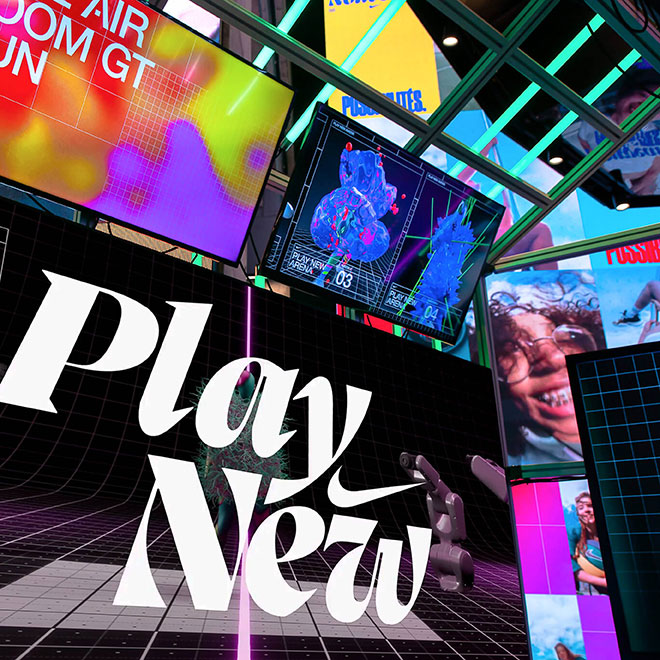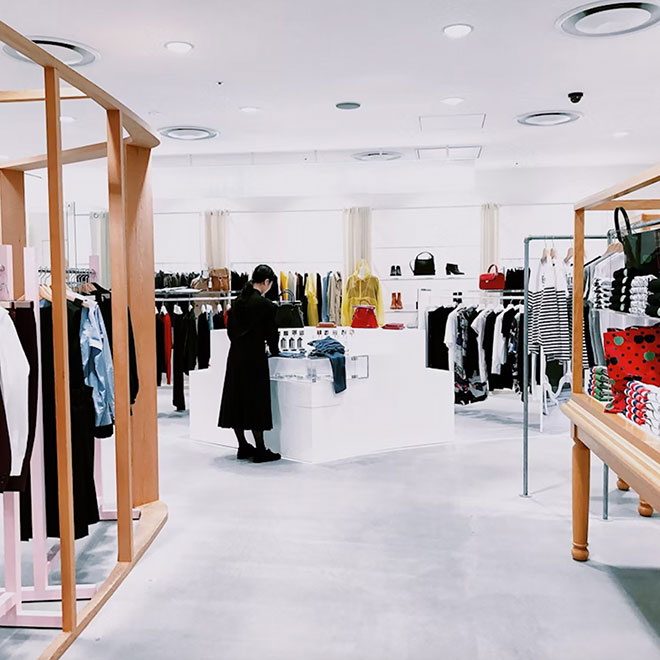
What Shoppers Want by 2050 (Hint: Not Robots)
Retail 3.0 Continued
Estimated Read Time: 5 Minutes
The Paradox
To inform the thinking behind Retail 3.0, we asked a group of over 2,000 consumers some basic questions first. And as is often the case with research, the answers made us think…and think again. When asked, "Which do you prefer; shopping online or in-store?" the answer was "online" to the tune of 70%. (Since we've asked that question every year since 2018, we know the number is up dramatically from 26% back then.) But when asked, "Do you enjoy shopping in stores?", 89% of respondents said yes, emphatically. The results seem like a paradox, but not if you let them sink in.
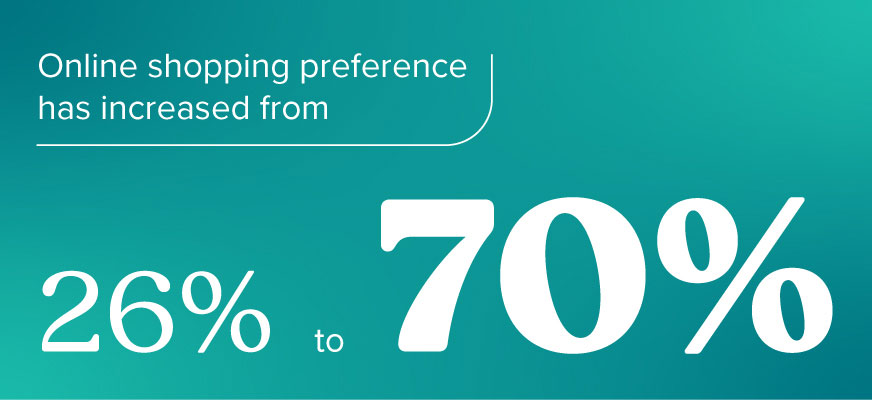
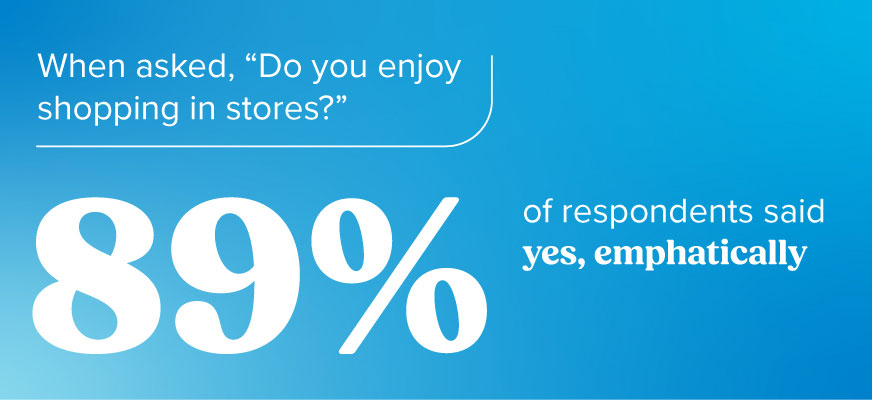
To us, the combination reads like this: consumers prefer online shopping (it takes less time and effort), BUT, when they do go to stores, they enjoy being there. Our takeaways from these initial questions?
1) There is hope. We're not looking at a shopping future that is 100% online or Metaverse-esque… yet.
2) It's apparent from the rising preference for online shopping that stores need to focus on the "enjoy" part of the customer experience more than ever. If not, that hockey-stick "prefer" line will make stores irrelevant after all.
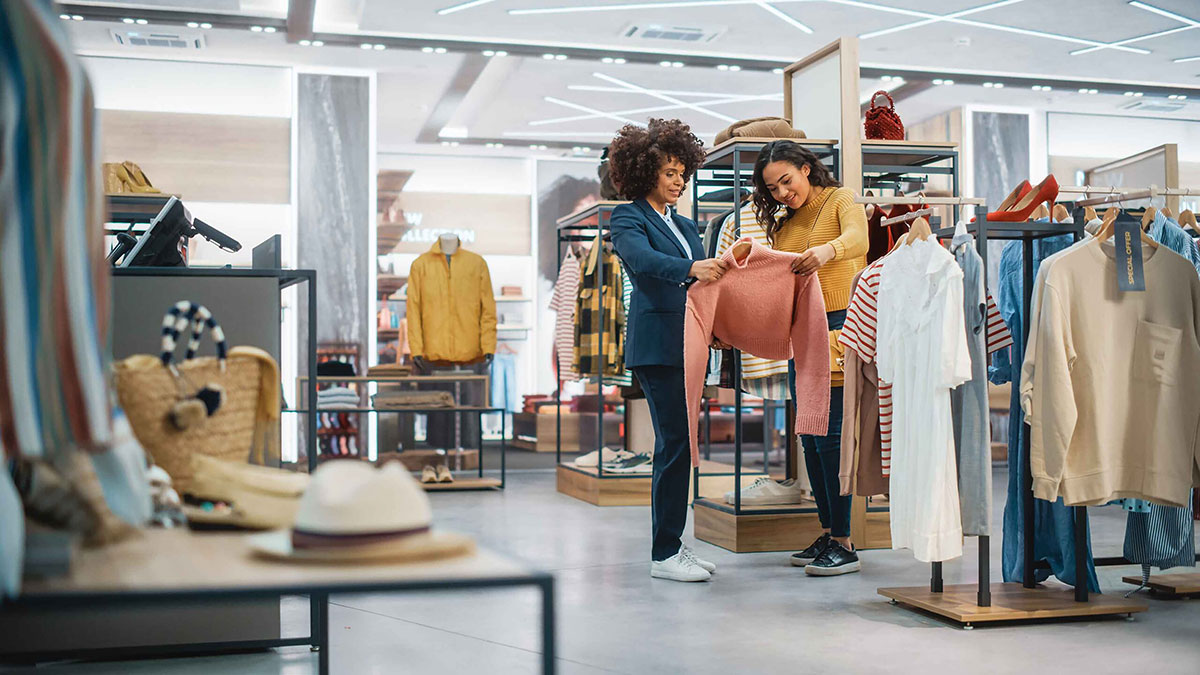
The Number One for 2050
Next, we gave the same 2,000 consumers a list of over 25 features and asked: "In order to keep visiting stores, which of these would you expect to have happen by 2050?" In other words, what will attract them to (and make them enjoy) a modern store in 25 years?
The top answers were surprisingly basic and not the futuristic thinking we expected. For example, this was at the top of the list of expectations for the store of 2050: "Easier to find what I want, less clutter, better product curation."
Although not revolutionary in any way (the most forward-thinking ideas for 2050 were towards the bottom of the list), this expectation seems to be a derivative of the existing situation; cluttered, overstocked stores with too many SKUs. Factors they'd like gone in the next quarter century, which seems do-able right now. Not a future-wow, mind-bending notion—we know—but a strong message, nonetheless.
We imagine Retail 3.0 to be less cluttered, with back stock in one area, and interactive display areas adjacent to that. Here's an example we came up with for an ‘outdoor home' area that feels spacious and curated.
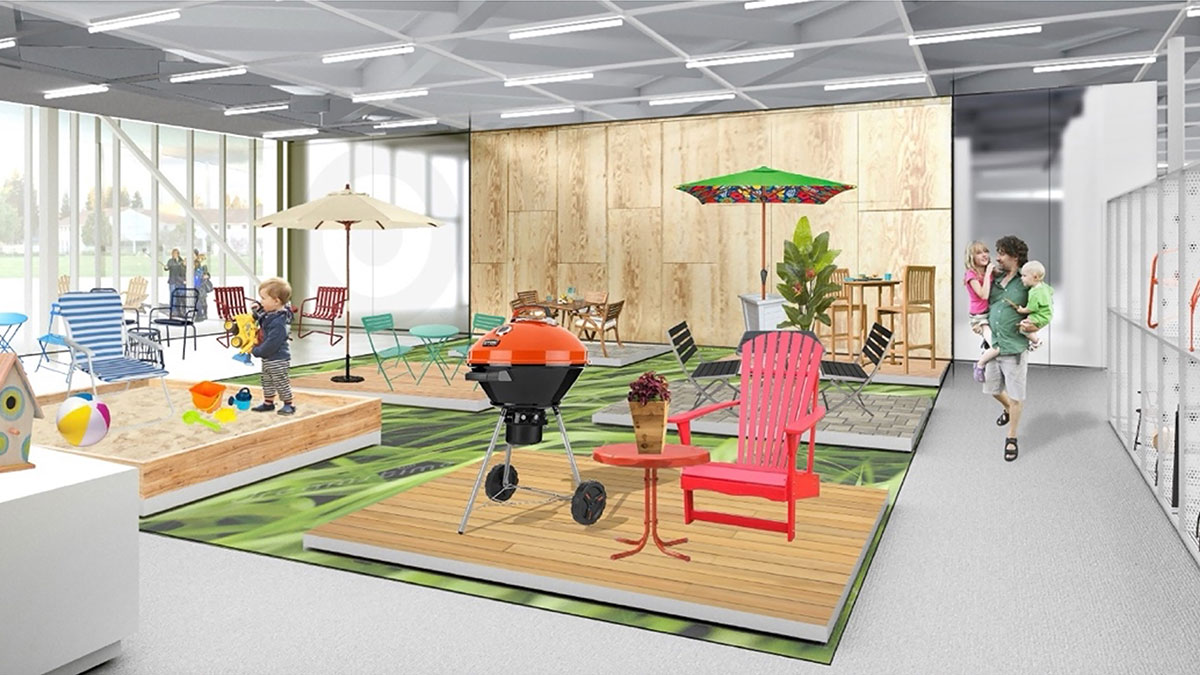
Very unlike most current retail presentations (case in point below).
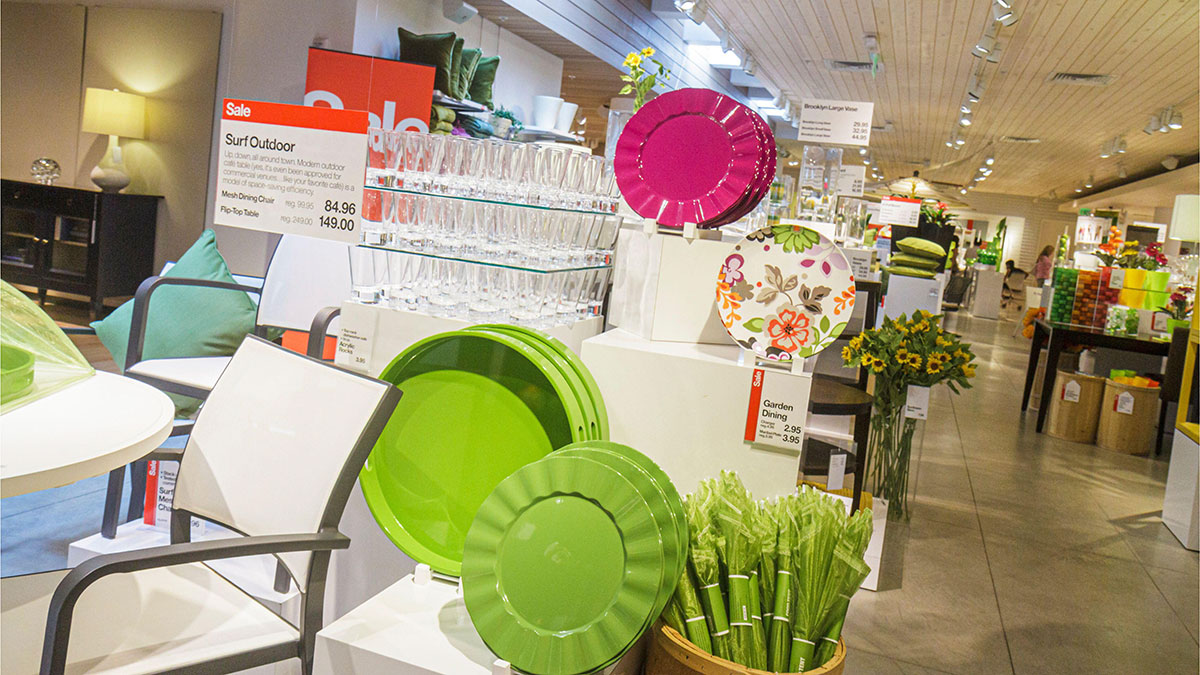
The Number Two for 2050
This issue is a pet peeve and a thorn in retailers' sides since the great Retail 2.0 explosion over the last 50 years (read more on that here). What is it? A more knowledgeable, customer- focused staff.
For consumers to say that the store of 2050 should have better-informed employees speaks volumes about what they're experiencing right now—very much like the ‘clutter' issue above. To us, "more knowledgeable, customer-focused" store employees means we'll need a different criterion for screening, interviewing, placement, a better and more detailed training regimen, and—here's the big one—better pay for store associates.
Of course, there's much more involved in acquiring the best people (in-store management included) but the message is loud and clear: "better store associates" is no longer a nice-to-have. Digital shopping dominance is upon us, so improving the in-store associate situation is a command, not a request.
If nothing changes, that 70% preference for online shopping will grow even closer to 100%. So, unless we want the store of 2050 to have the same shrinking count as the store of 2025—or disappear entirely—store associates must be better than what they are now. Period.
No one wants stores to disappear, especially not consumers. But leaving the employee situation as-is would be a dangerous move. Better store associates, the most underrated element of future stores (even more so than AI), is a must have.

The Number 3 for 2050
Smart shopping tech—specifically: "Click or scan an item to instantly access details about store features like new product or even dressing room availability."
We've seen these types of things in retail tests or indie stores recently, but this consumer expectation for a 2050 store feels more advanced. In the past, we haven't seen "click or scan" technology at scale mostly due to expense and less sophisticated tech, but those excuses don't hold up anymore. "Click or scan" is something we (and consumers) think should be commonplace by 2050—right after priorities #1 and #2.
We also think the idea of using screens and scans for discovering new product ideas fits perfectly here. Or perhaps "click or scan" can simply be used to have fun with products using TikTok style "I see me" content strategies. Or to help customers better understand product usage. With consumer buy-in, ideas like these could be a smart use of CapEx (just ask Sephora) and perhaps even vendor-driven revenue streams in the near future.
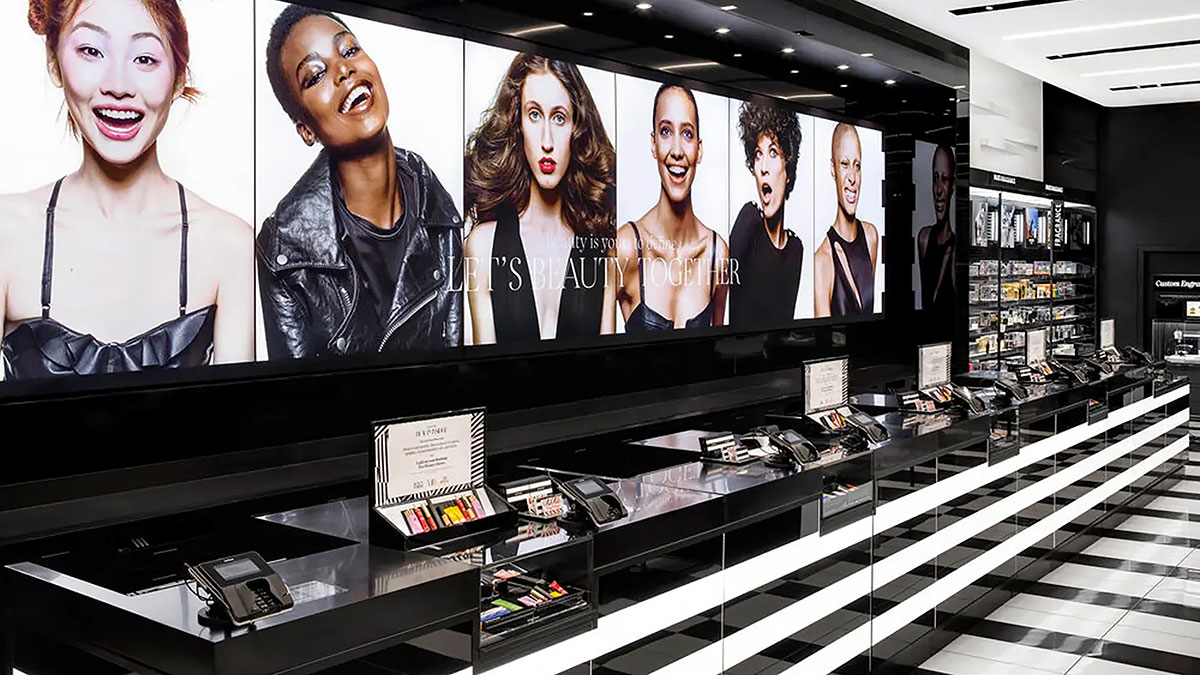
Summary
One message was glaringly obvious from this research about the store of 2050: don't forget the fundamentals. BUT… what was even more obvious was the fact that as retailers, we have forgotten them! Consumers didn't choose futuristic or tech solutions over the basics, like less clutter, better organization, and excellent staff. This study points out the need for the purveyors of retail stores to stop chasing the shiny new toys (think: AI) for a minute, turn around, and improve what they already have—then go for the shiny stuff.
The obvious and urgent place to start is with associates. They're the difference between stores and the transactional coldness of online shopping—so they should be treated as a priority, not an afterthought. Embarrassingly, after centuries of running retail operations, consumers are telling us what a lousy job we're doing, especially with associates. They're also saying our stores are cluttered and messy. Really?? Both of those messages lead us to think retailers have taken their eye off the ball and spent their precious CapEx on things that don't matter as much to consumers.
So, job #1 from this study is clear: focus on what you've got first! The result reads like a cry for help: "Can you clean up your stores and get some better employees please?" So onward to 2050 with two steps forward and one step back. We've got some fundamentals to care for. We're going to ask Ghandi to close this one out for us:
"There can be no give and take on fundamentals. Any compromise on mere fundamentals is a surrender." – Mahatma Ghandi
Retail 2050
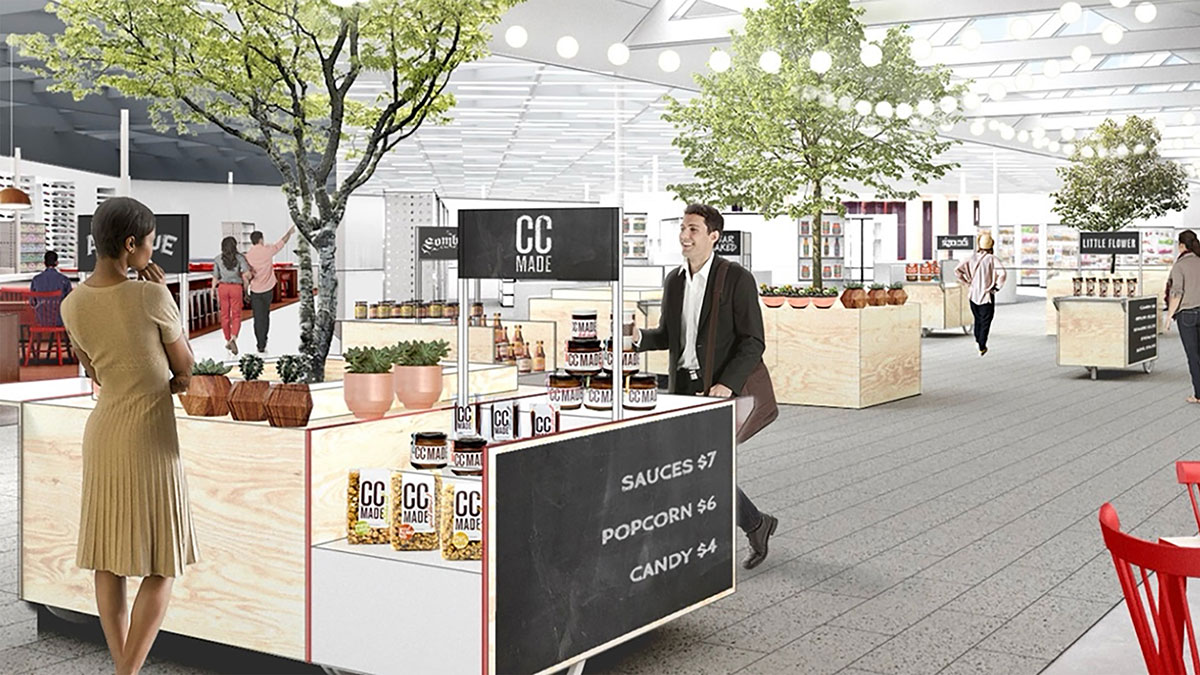

 Lee Peterson
Lee Peterson


